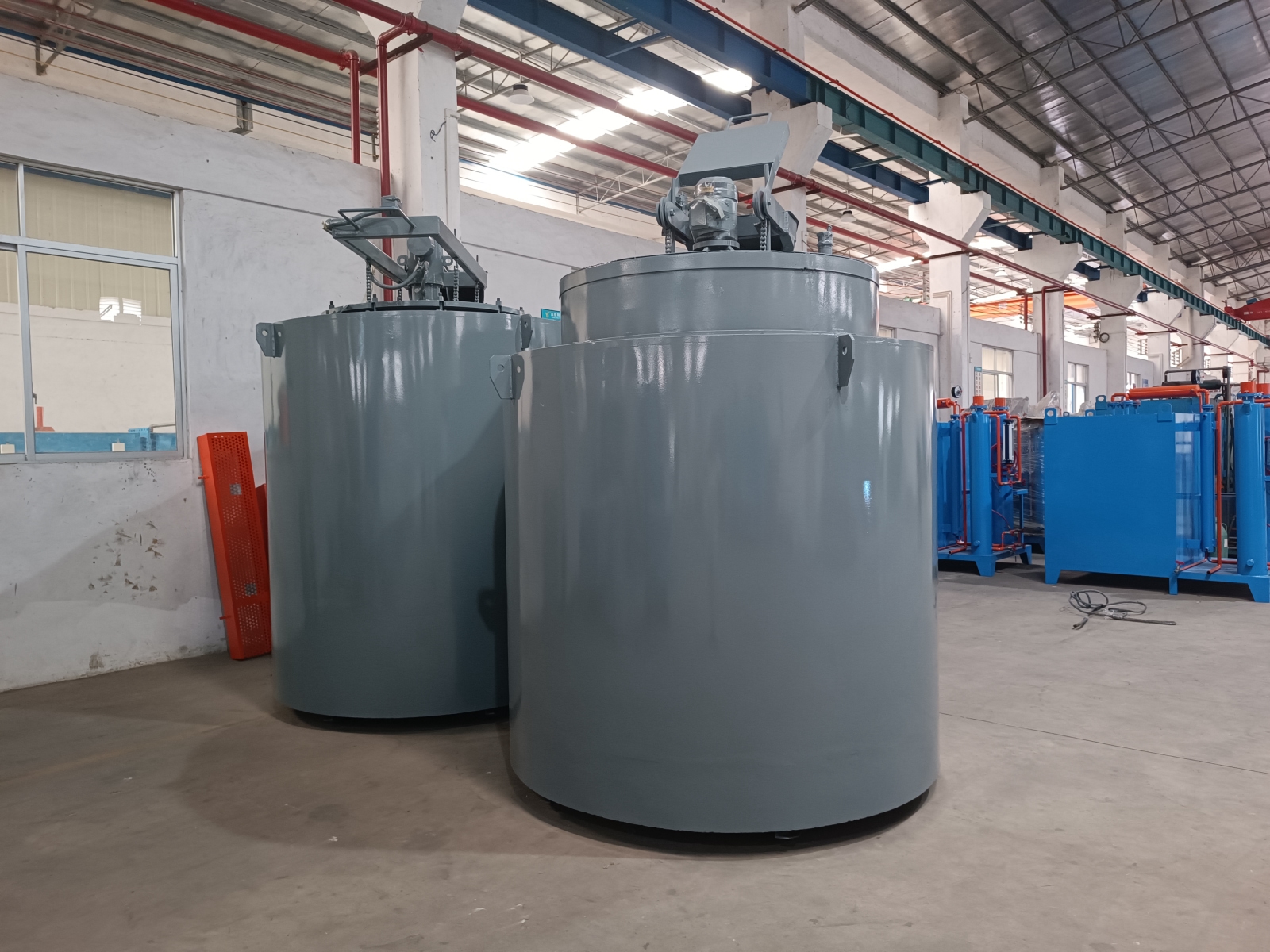Boosting Surface Hardness: Carburizing and Quenching with Pit Furnaces
May. 28, 2025
Carburizing and quenching are critical steps in the heat treatment of steel parts that require enhanced surface hardness and wear resistance. One of the most widely used furnaces for this purpose is the Carburizing and Quenching Pit Furnace, known for its ability to process medium to large-sized components in vertical orientation.

What Is a Carburizing and Quenching Pit Furnace?
A pit furnace is a type of vertical heat treatment furnace installed below floor level. It features a cylindrical chamber that allows parts to be suspended from the top, making it ideal for processing long, heavy, or irregular-shaped components.
When configured for carburizing and quenching, the pit furnace is equipped with:
A controlled atmosphere system (typically endothermic or nitrogen-methanol gas)
A heating system capable of maintaining consistent temperatures between 850°C and 950°C
A quenching tank or mechanism (often integrated or adjacent) filled with oil, water, or polymer solution for rapid cooling
Carburizing Process in a Pit Furnace
The carburizing process involves diffusing carbon into the surface of low-carbon steel parts to improve hardness and fatigue strength. This is achieved by heating the parts in a carbon-rich atmosphere at high temperatures. The carbon atoms penetrate the steel surface, creating a hard case layer while retaining a tough, ductile core.
Time, temperature, and atmosphere composition are the key parameters that determine the case depth and surface hardness.
Quenching After Carburizing
After carburizing, the parts are quickly transferred to the quenching medium. This rapid cooling locks the carbon-rich surface into a hard martensitic structure, significantly improving wear resistance.
Pit furnaces can either be designed with an adjacent quenching tank or a lifting mechanism to transfer the parts quickly from the hot zone to the quenchant, minimizing heat loss and ensuring uniform hardness.
Applications of Carburizing and Quenching Pit Furnaces
Carburizing and quenching pit furnaces are commonly used in industries that demand durable components with high surface strength. These include:
Automotive (gears, shafts, camshafts)
Aerospace (landing gear parts, actuators)
Heavy machinery (sprockets, couplings)
Mining equipment
General tool manufacturing
Their ability to handle complex, large parts vertically makes them irreplaceable for certain production needs.
Advantages of Using a Pit Furnace for Carburizing and Quenching
Uniform heating and carburizing effect on all surfaces
Efficient quenching process with minimal distortion
Suitable for batch processing of large or long parts
Deep case hardening capability
Excellent temperature and atmosphere control









